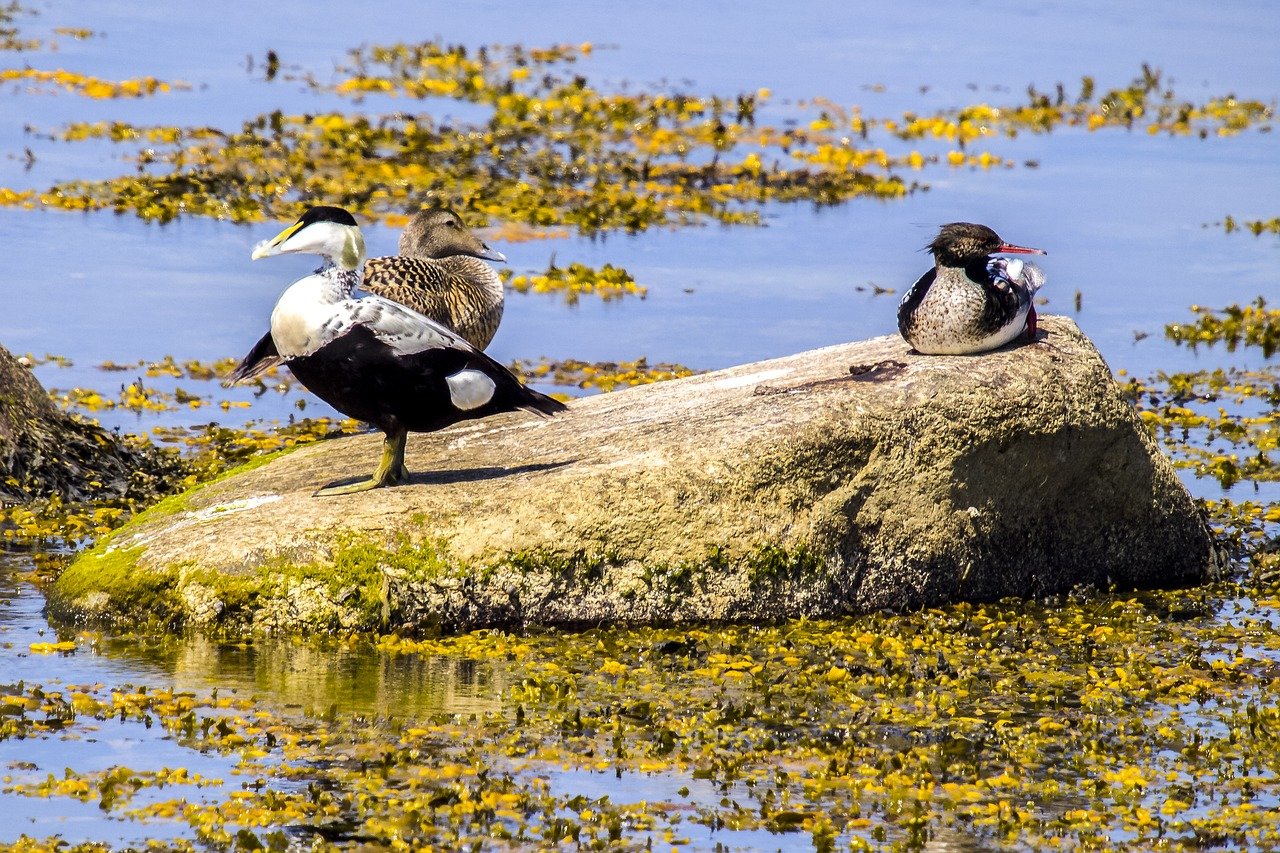Sjöfågelbeståndets utveckling i Bullerö skärgård efter invandring av mink
DOI:
https://doi.org/10.34080/os.v2.23053Nyckelord:
populationsstudier, invasiva arter, predator-bytesinteraktion, interaktion mellan predator och byteAbstract
Population sizes were followed in some waterbird species breeding in the outer part of the Stockholm archipelago in the brackish Baltic Sea. Pair numbers were censused during four years by counts of nests or adult birds attached to potential breeding sites. The Mink Mustela vison appeared in the inner part in 1972 and reached the outer island groups ten years later. During the period there were relatively large population changes, the Eider Somateria mollissima, the Greylag Goose Anser anser and the Great Black-backed Gull Larus marinus increased markedly in numbers while the Lesser Black-backed Gull Larus fuscus, the Razorbill Alca torda and the Black Guillemot Cepphus grylle decreased dramatically. The increases as well as the decrease of the Lesser Black-backed Gull were consistent with general trends in the Baltic. The temporal and spatial pattern of the decrease of the Razorbill and the Black Guillemot, both specialised hole-nesters, strongly support the conclusion that the predation of the Mink is the main reason. For the marked distribution shift within the study area noted for the Eider and the Herring Gull Larus argentatus, Mink predation is also suspected.
Nedladdningar

Downloads
Publicerad
Referera så här
Nummer
Sektion
Licens
Författaren/författarna innehar copyright för varje enskilt bidrag, men samtliga bidrag är publicerade under en Creative Commons-licens, så att vem som helst kan dela och återanvända bidraget förutsatt att copyright-innehavaren erkänns.







